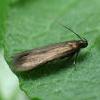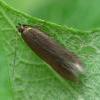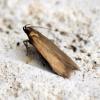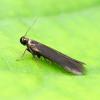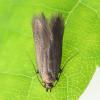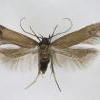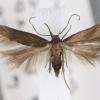35.080 Oxypteryx unicolorella (Duponchel, 1843)
Status and Distribution
The genus Eulamprotes is now considered a junior synonym of Oxypteryx.
A local to very local species with the majority of records from southern England, the south-west Midlands, south-east Wales and western Ireland. Elsewhere there are scattered records from south-west England, south-west Wales, Huntingdonshire, north Lancashire, Rutland and the Channel Islands.
It has been reported from western Scotland (VC98 and VC102) on two occasions, but enquiries with both of the recorders involved has failed to confirm these records. Specimens from the Aviemore area (VC95), said to be in the Banks coll., require further research and one noted in VC68 during 1998 is considered unconfimed.
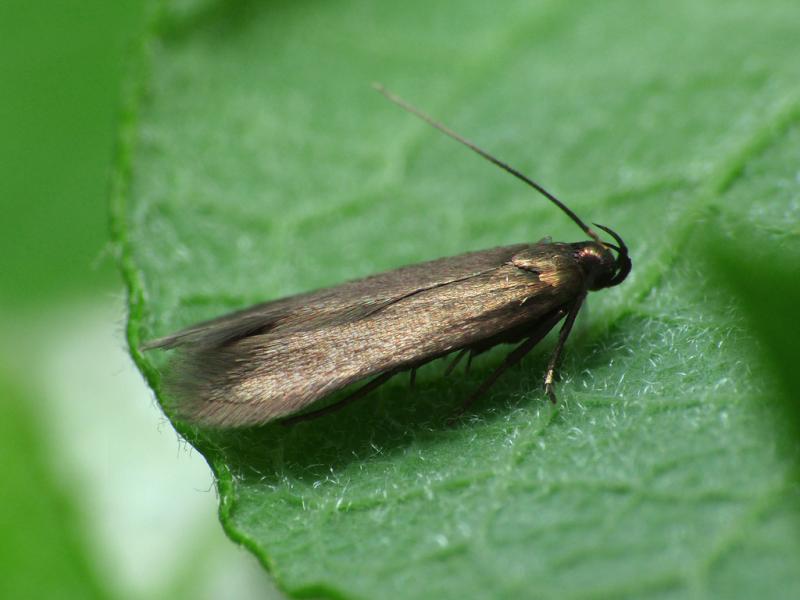
Provisional map
Foodplant and Larval Feeding Signs
Unknown.
Adults have been found in an area where Hypericum perforatum (perforate st john’s-wort) is abundant.
Roots of Plantago maritima (sea plantain) collected on 13th May 1877 on the banks of the River Wyre in Lancashire produced a small dark Gelechiid sp. in late June but the identity of this species was not specified.
Habitat
Chalk downland, limestone grassland and dry herb-rich fields, slopes and waste ground.
Finding the Moth
Larva: unknown.
Adult: occasionally swept during the day, flies at night and comes readily to light.
Similar Species
Similar to and often confused with the more widespread and common Monochroa tenebrella.
Oxypteryx unicolorella has the forewing pale shining bronzy greyish fuscous (E. R. Bankes in his original introduction of the species as British in 1899). At times this colour, as opposed to the glossy dark purplish fuscous of M. tenebrella, can be seen and will give a reasonable pointer as to the identification. Additionally, segment three of the labial palps is shorter than segment two in M. tenebrella but of equal length in O. unicolorella. These features can be difficult to judge in the field (particularly at night in artificial light) and with faded or worn Museum specimens. Retention of a voucher specimen is recommended for any new sites for either of these species.
Specimens of M. tenebrella labelled as O. unicolorella have been found in more than one Museum collection although it is unknown if this was down to the original collector's error or later movement of specimens.
Single brooded from late May to mid-July. Two August records (9/8/2004 - VC11 and 11/8/2009 - VC19) as well as the September record below, have been confirmed by dissection.
Earliest: 5th May 2007 (VC17)
Latest: 5th September 2003 (VC11)

